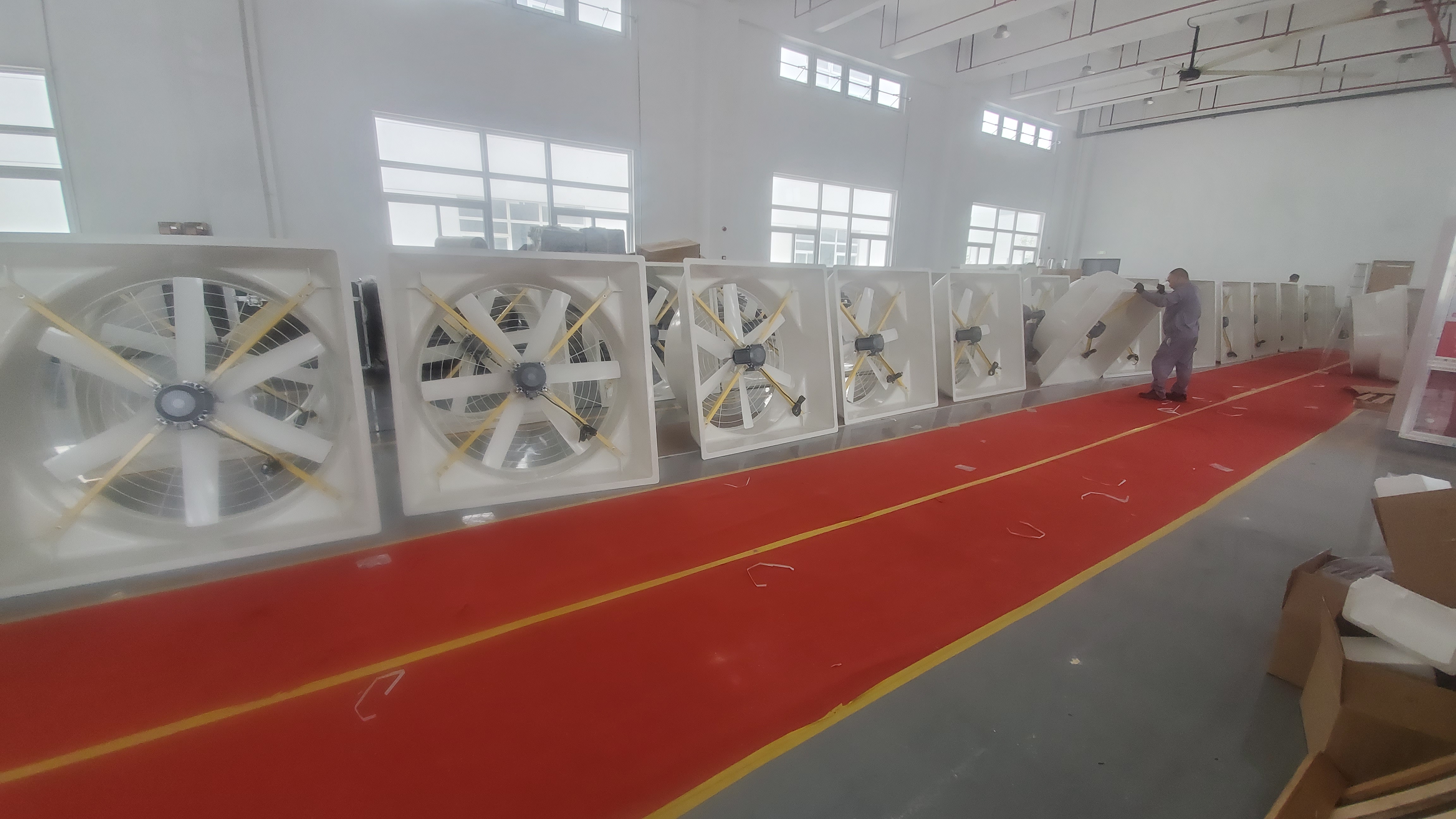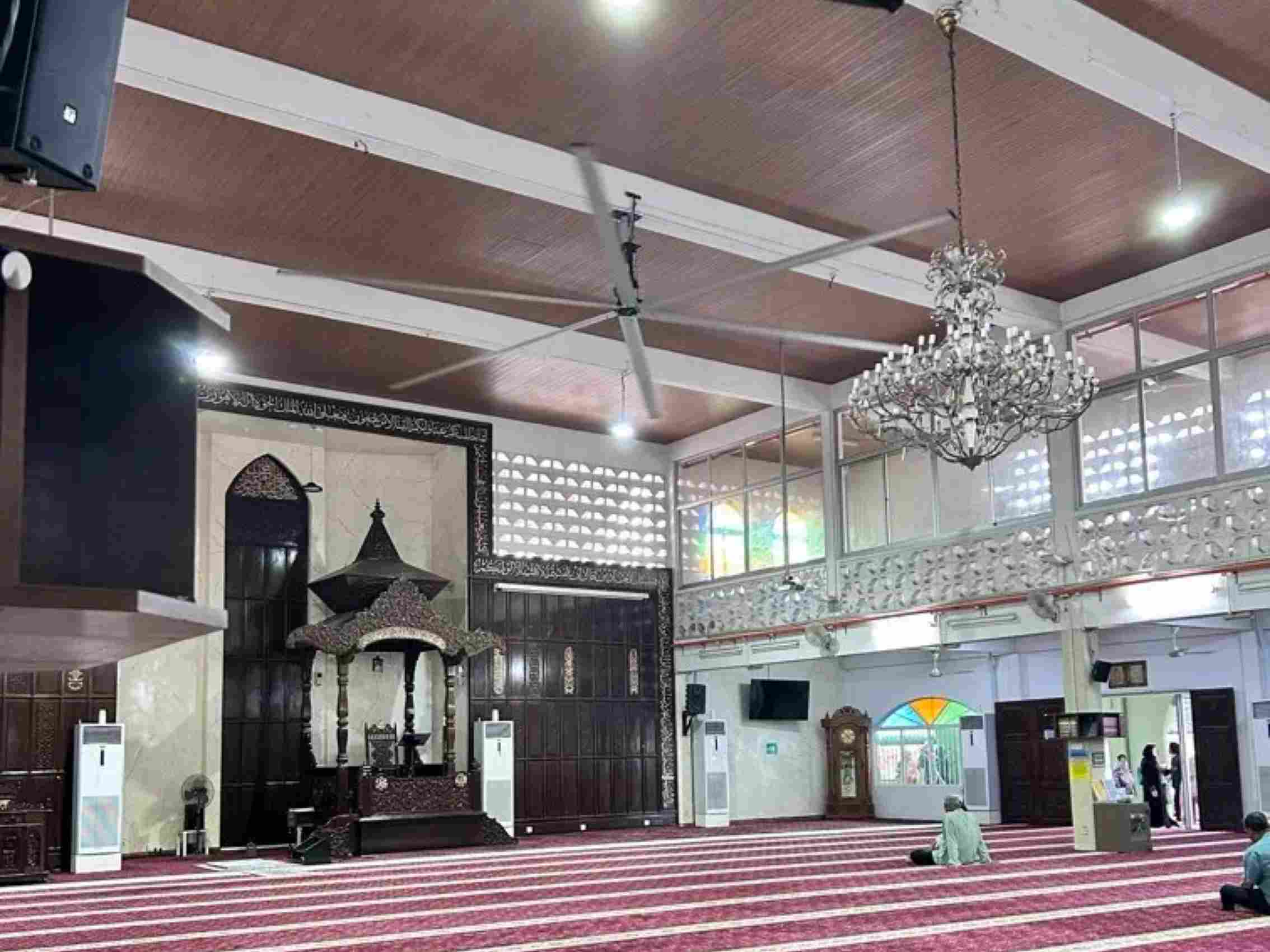Industrial Fan
An industrial fan is a large mechanical device designed to move air or gas in various industrial applications. These fans are crucial for improving ventilation, cooling machinery, controlling humidity, and maintaining air quality in large spaces. Industrial fans come in various sizes, shapes, and designs, each suited for specific purposes depending on factors like airflow requirements, space size, and energy efficiency needs.

Types of Industrial Fans:
Axial Fans: These are the most common industrial fans, where air flows along the axis of the fan. They are often used in ventilation systems or to move large amounts of air at relatively low pressure.
Centrifugal Fans: These fans move air by accelerating it through a rotating impeller, creating high pressure. They are widely used in systems requiring higher pressure, such as in heating, ventilation, and air conditioning (HVAC) systems, or in dust and fume extraction systems.
HVLS Fans: High Volume Low Speed (HVLS) fans are large, energy-efficient fans designed to move a significant volume of air at low speeds, making them ideal for large spaces such as warehouses and factories.
Key Features and Benefits:
Improved Air Circulation: Industrial fans ensure the even distribution of air, which can help reduce the buildup of hot spots in manufacturing facilities or warehouses.
Energy Efficiency: With advances in design, many modern industrial fans are more energy-efficient, providing optimal airflow with reduced energy consumption compared to older models or air conditioning systems.
Humidity Control: In spaces such as farms or manufacturing plants, industrial fans can help regulate humidity by improving airflow and preventing excessive moisture buildup, which could damage products or machinery.
Increased Comfort and Productivity: In industrial workplaces, effective air circulation can improve worker comfort, reducing the risk of heat stress and enhancing productivity.
Applications:
- Manufacturing Facilities: To ensure proper ventilation and cooling for machinery and workers.
- Warehouses: To prevent temperature and humidity extremes, ensuring better storage conditions for goods.
- Agricultural Settings: To maintain consistent airflow in barns, poultry houses, or greenhouses, improving conditions for livestock and plants.
Industrial fans are integral to maintaining healthy, productive, and efficient environments across various sectors, from manufacturing to agriculture. Their ability to enhance air quality, regulate temperature, and conserve energy makes them essential tools in modern industrial systems.
 New Year Holiday Notice
New Year Holiday Notice
 Large Ceiling Fans: The Soluti
Large Ceiling Fans: The Soluti
 Enhancing Public Comfort with
Enhancing Public Comfort with
 Fall Prevention Measures for L
Fall Prevention Measures for L
